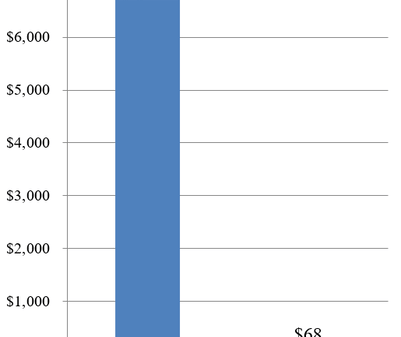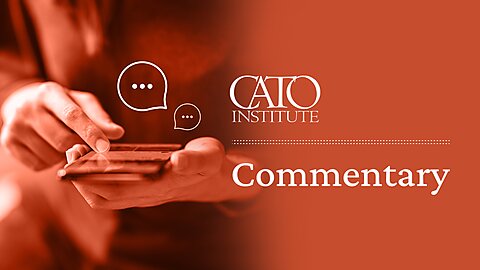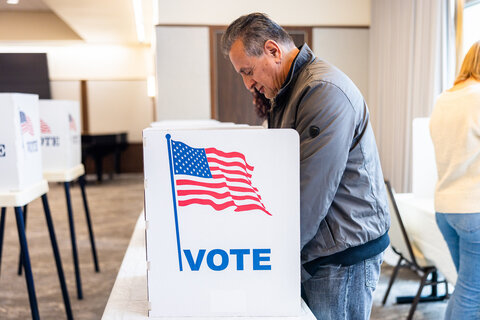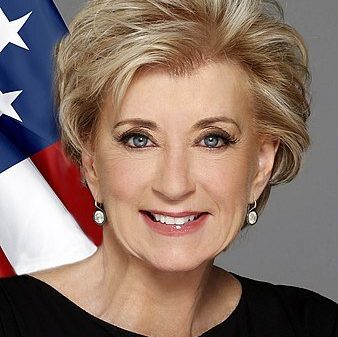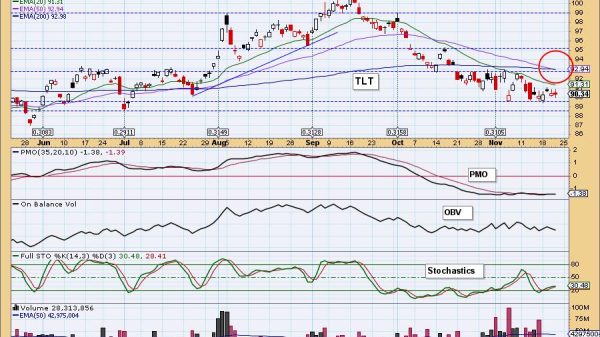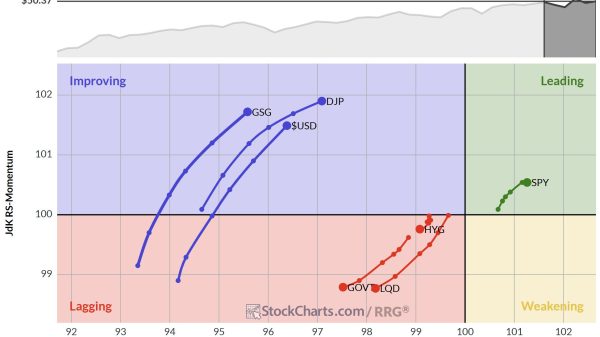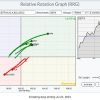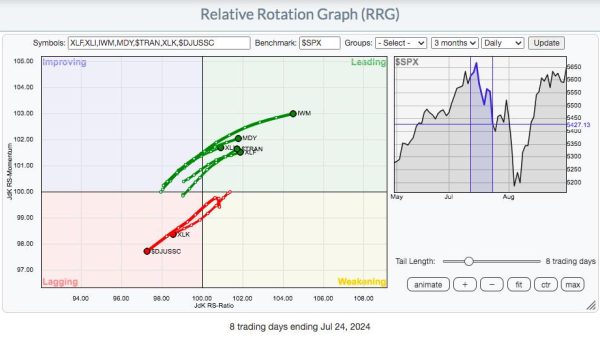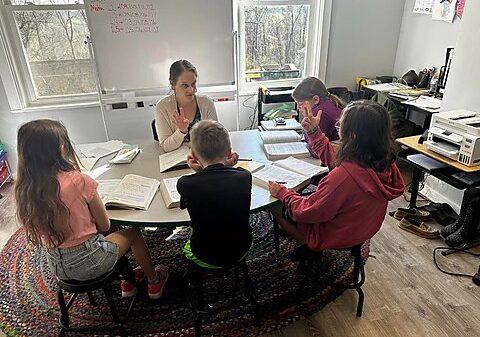Over the last few years, the country has experienced especially heated culture war in public schools. But new data from Cato’s Public Schooling Battle Map suggest things might be cooling off.
The first chart below shows the number of conflicts we have tracked annually since 2012, when our collection became more regular. There is a clear leap in battles in 2021, after lulls in a generally upward trend between 2012 to 2018. We reached new records in 2021, 2022, and 2023. But the 2024 bar—a projection for the entire year based on our current pace—is well below 2023. Just 329 conflicts, compared to 540 a year earlier.
What is happening?
There has been less action in the area that has burned hottest: reading material, often misleadingly reduced to “book bans.” As seen in the next chart, such conflicts in public schools have dropped from a high of 136 in 2022 to a projection of only 80 in 2024. This is consistent with new information from the American Library Association, which reported fewer challenges in all public and academic libraries—not just public schools—over the last year.
It is not consistent with PEN America reporting, which suggests a big increase in challenges. The discrepancies are likely because PEN has a more expansive definition of “banned” than the ALA, and tallies unique titles challenged while the Battle Map only counts districts and states with reading material fights, not individual titles challenged. PEN chalks up much of the increase in titles challenged to just a couple of states.
The deeper explanation for declining hostilities likely involves a few things.
First, the COVID-19 pandemic super-heated controversy over public schools, first over whether they would re-open to in-person instruction, then whether they would have vaccination and masking mandates. As we have moved on from the pandemic those conflicts (though maybe not some lingering resentments) have ended.
The pandemic also drove education into people’s homes with online instruction, possibly making some parents aware of their children learning things they did not like. I am not certain how common that was—arguably the national catalyst for book challenges involved a volume physically brought home—but if remote learning was a factor, it has diminished with the resumption of in-person education.
More clearly powerful was the response in some public schools and states to the murder of George Floyd. It led many school leaders and state legislators to announce efforts to combat systemic racism, and, as seen in the chart below from the American Historical Association, it likely sparked an explosion in already growing ethnic studies legislation.
This spurred conservative pushback, which was exacerbated by the widespread 2020 unrest in response to Floyd’s murder. The pushback launched a great deal of state legislation against teaching “divisive concepts,” such as that some children should feel guilt for the historical actions of members of their race. Another likely reason for the decline in conflicts in 2024 is that states inclined to pass either kind of legislation had probably already done so.

Another possible factor is that 2024 is a presidential election year and a lot of the energy that activists might otherwise have put into public schooling battles is being directed at elections. When the elections are over, conflict over district and state education policies might heat back up, possibly with new political majorities and minorities initiating new conflicts.
Finally, there might just be fatigue from several years of intense conflict. The warriors might be resting, regrouping, and reenergizing to fight another day.
Importantly, how we collect conflicts for the Battle Map has changed over the years; we might have captured smaller or larger shares of conflicts being fought in some years than in others. But our collection has likely become more comprehensive as we have moved from significant use of news aggregators to our own, numerous, Google alerts. The bias for 2024 would be toward finding more battles than previous years, not fewer.
Of course, we would not expect culture war to always be intensifying and spreading. But we know from history, and the winner-take-all structure of public schooling, that conflict is inevitable.

